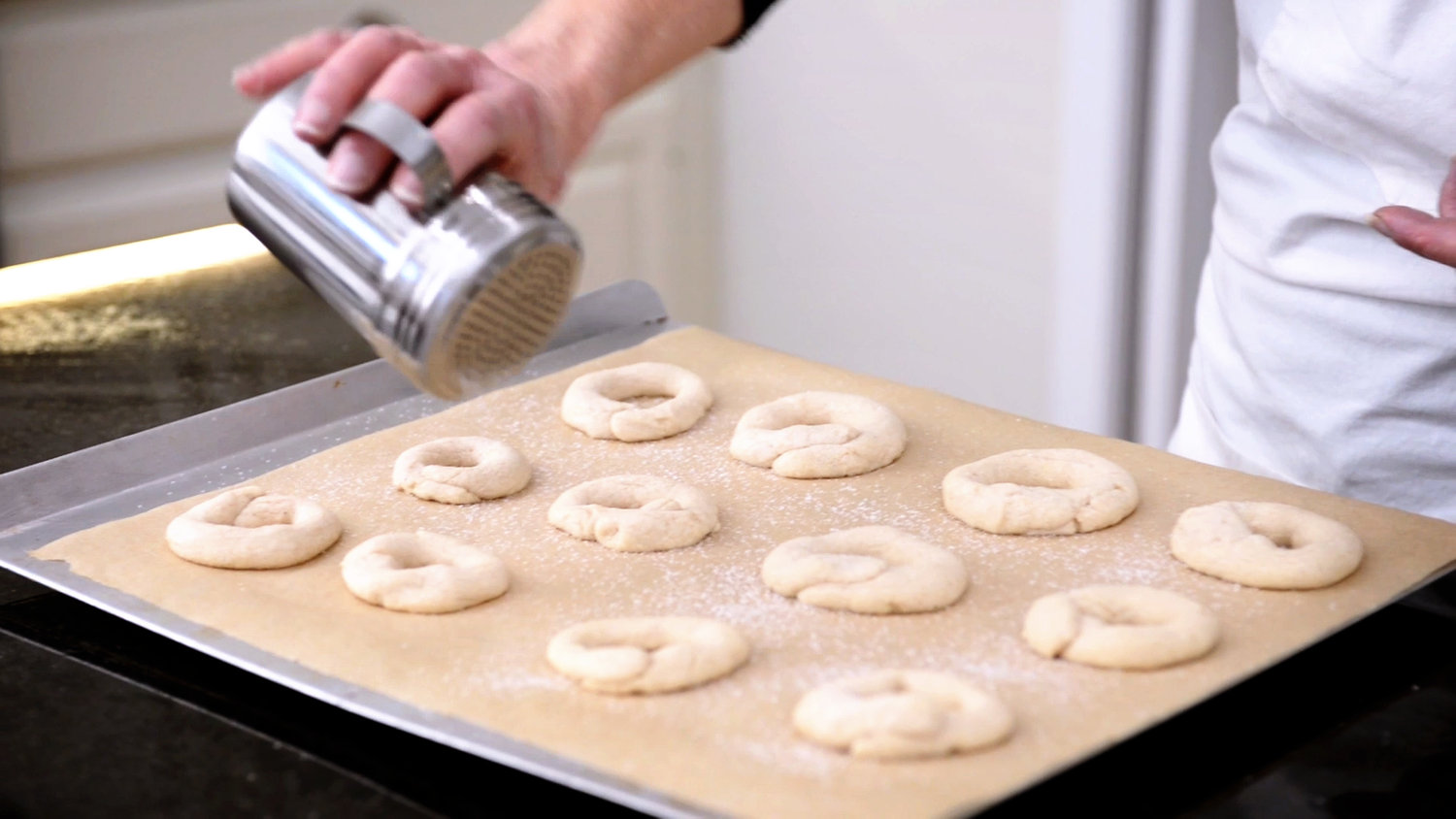Spice Nuts
Oct 30, 2014 | By: Becky Diamond
Whether soft and chewy like molasses crinkles or hard and crisp like ginger snaps, spice-rich cookies are a tasty fall treat - delicious paired with hot or cold cider. A cookie jar staple throughout America dating back to colonial times when they were referred to as "little cakes," they could be seasoned with a variety of different spices, including nutmeg, allspice, ginger, cloves and cinnamon as well as ground caraway, anise or coriander seeds, and even pepper.
Although perfect for fall, many of these cookies were actually Christmas treats brought to America by European immigrants. For example, Pfeffernüsse are one of the traditional Central European Christmas cookies that have a great number of variations depending on where they are from. Pfeffernüsse is the German name, but they are also known as pepernoten in Dutch, pebernødder in Danish, pepparnoter in Sweden, and peppernuts in English (which is the literal translation). The pepper refers to the tiny bit of black pepper that is added along with cinnamon, nutmeg and allspice. And the “nut” part of the name does not mean it contains nuts, it is more likely a reference to the fact that the cookies are tiny, about the size of nuts.
Americanized versions had colorful names including cobblestones, German Christmas cakes, ginger nuts or spice nuts, which is what I made – combining a recipe from Mrs. Goodfellow and the 19th century magazine Table Talk. These are a bit different from the pepper nuts as they don’t contain pepper. They still call for many of the other spices as well as candied citron or orange peel – I actually used crystallized ginger (and then cut back a bit on the ground ginger), which worked beautifully. In America cooks also often used molasses in place of some (or all) of the sugar, which first made its way to America from the Caribbean as a by-product of refining sugarcane and quickly became a popular sweetener for cooking and baking. For quicker mixing, the butter or lard was heated in the molasses before the remaining ingredients were added.
The look of the cookies was as diverse as the ingredients. In addition to shaping the dough into round balls like nuts (which were sometimes slightly flattened before baking), they were also baked as little individual cakes, rolled out into ropes and then formed into circles (like jumbles), or rolled very thin and then cut out with a cookie cutter. The term “ginger snaps” was introduced around 1805. “Snap” came from the Dutch word snappen, meaning “to seize quickly.” These hard, crunchy cookies were often made with blackstrap molasses and tended to “snap the teeth.” For a softer cookie, just cut back the baking time a couple of minutes.
Spice Nuts
- 4 tablespoons (1/2 stick) butter
- 1 cup molasses
- 4 tablespoonfuls sugar
- 1 teaspoon ground ginger
- 1 teaspoon ground cinnamon
- 1 teaspoon allspice
- 1 tablespoon baking soda
- 1/3 cup finely chopped crystalized ginger
- 3 cups flour
-
Preheat the oven to 350°F. Line baking sheets with parchment paper.
-
Place the butter and molasses in a large saucepan and warm over low heat. When the butter is melted, add sugar, spices, baking soda, and crystallized ginger.
-
Stir until well mixed and then remove the pan from the stove. Add the flour one cup at a time, mixing well after each addition, until a soft dough is formed.
-
Taking a softball-sized lump at a time, roll out onto a floured surface into a 1-inch-wide rope shape. If the dough is sticky, add flour in small increments to make it easier to work with.
-
Cut the rope into 1-inch pieces and place about 1 inch apart on baking sheet. Alternatively, roll small pieces of the dough into little balls and place about 1 inch apart on the baking sheet.
-
Bake for 10–12 minutes. Transfer from baking sheet to a wire rack and let cool completely.
Featured in The Gilded Age Christmas Cookbook (Globe Pequot, 2025)







Leave a comment
0 Comments